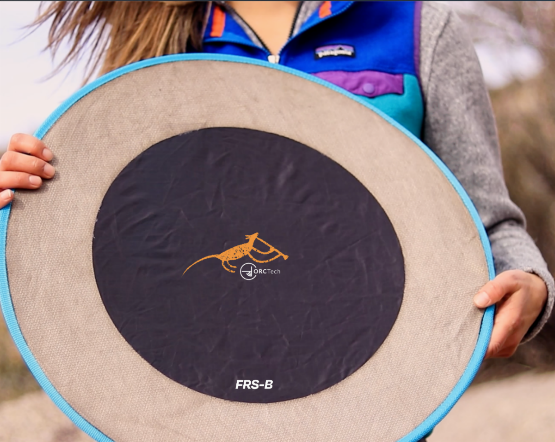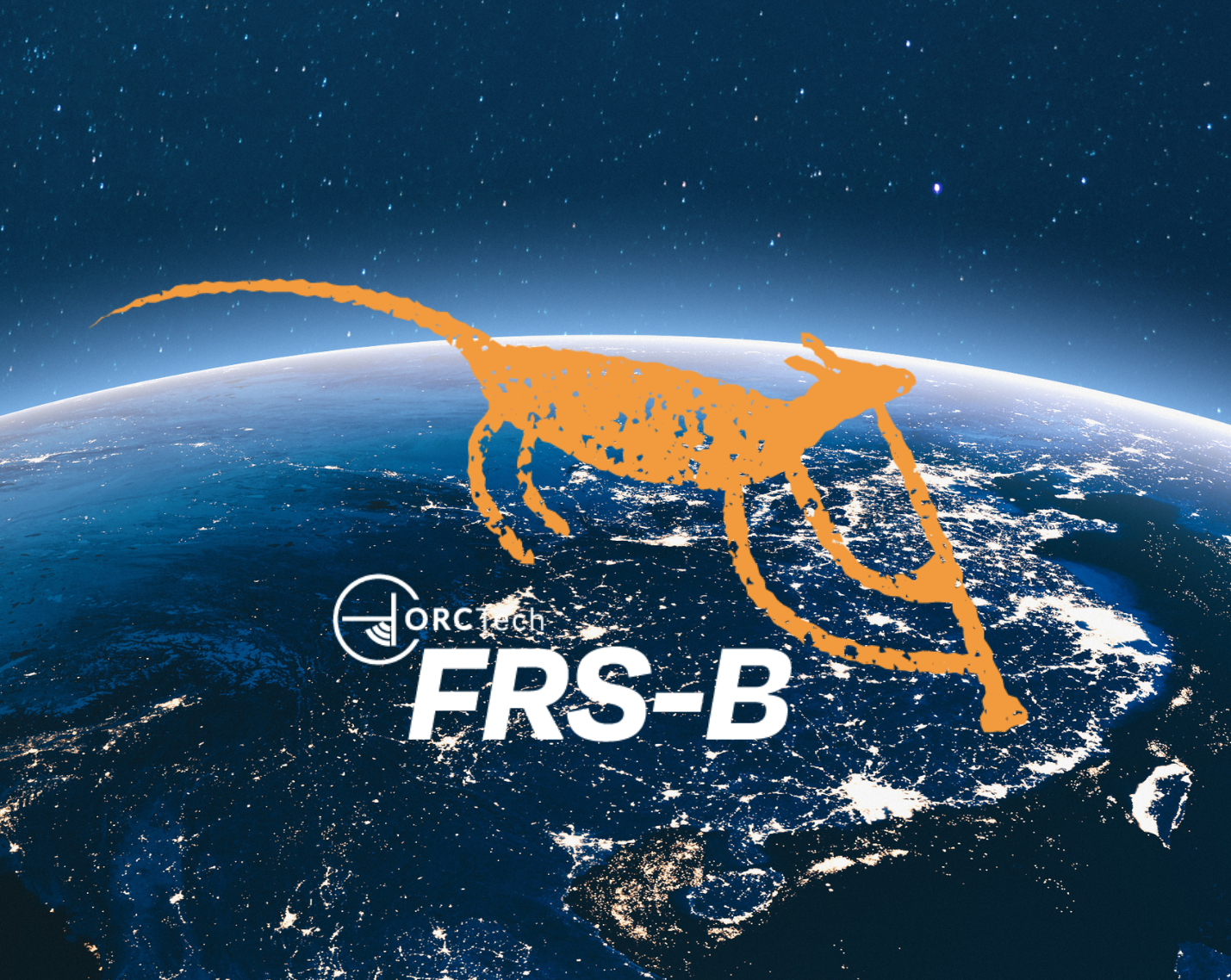BY KEVIN ROBINSON-AVILA / JOURNAL STAFF WRITER
Click here to read the full article

A lightweight, portable cell-signal booster recently got a boost of its own from testing by Sandia National Laboratories, which confirmed the device can hike phone reception by up to 20%.
Sandia helped New Mexico startup ORC Tech LLC try out different prototypes for its device this summer through the New Mexico Small Business Assistance Program, which allows the national laboratory to provide technical assistance to small businesses at no cost to them. And now, with the Sandia test results in hand, ORC Tech – or Optical Radio Communications Technology – is ready to manufacture its first batch of up to 300 signal-boosting devices, said John Chavez of the New Mexico Startup Factory, which helped launch the company last fall.
“We’re going to market next year,” Chavez said. “It will be a soft launch. We’ll start out with a small batch of 200-300 units that we’ll sell and send out for testing.”
ORC Tech licensed its technology from NASA Johnson Space Center, which designed it as a collapsible, lightweight, portable tool to improve communications for astronauts in space.
ORC Tech Chief Technology Officer Joshua Benavidez discovered it while participating in a NASA entrepreneurial program to commercialize new technology. He envisioned turning it into a compact, foldable sheet that consumers on Earth could stuff in a backpack or store in a vehicle and then stretch out when needed to augment reception in remote locations. The signal boost comes from conductive material woven into fabric, basically providing a flexible antennae that doesn’t require batteries, electrical outlets or any other power.
Over the summer, Sandia engineers tested different types of conductive thread, fabric and geometric designs to determine the best combination to augment cell signals. Those efforts showed that a circular design with two rings of conductive thread on the inner and outer radius boosted reception by nearly 15 decibels, offering the equivalent of nearly two extra signal bars on a cell phone, said the project’s lead engineer, Stephen Neidigk.
“We found that if we added a third ring, we could get even better performance,” Neidigk said.
Sandia expects to continue working with ORC Tech next year to further improve the design.
Summer interns assisted this year, said Sandia electrical engineer John McVay.
“We were able to design, fabricate and confirm product performance, while also mentoring summer interns, who got practical experience,” McVay said. “It’s a win-win.”
ORC Tech will use a contract manufacturer for its first batch of cell boosters, Chavez said. Once the company fully establishes its manufacturing process, it will make its own product at an industrial park at Ohkay Owingeh, north of Espanola, thanks to an investment in ORC Tech by the Pueblo-owned development company Tsay Corp.
“We’re already seeing a lot of interest and demand for this product, based on market surveys,” Chavez said.

